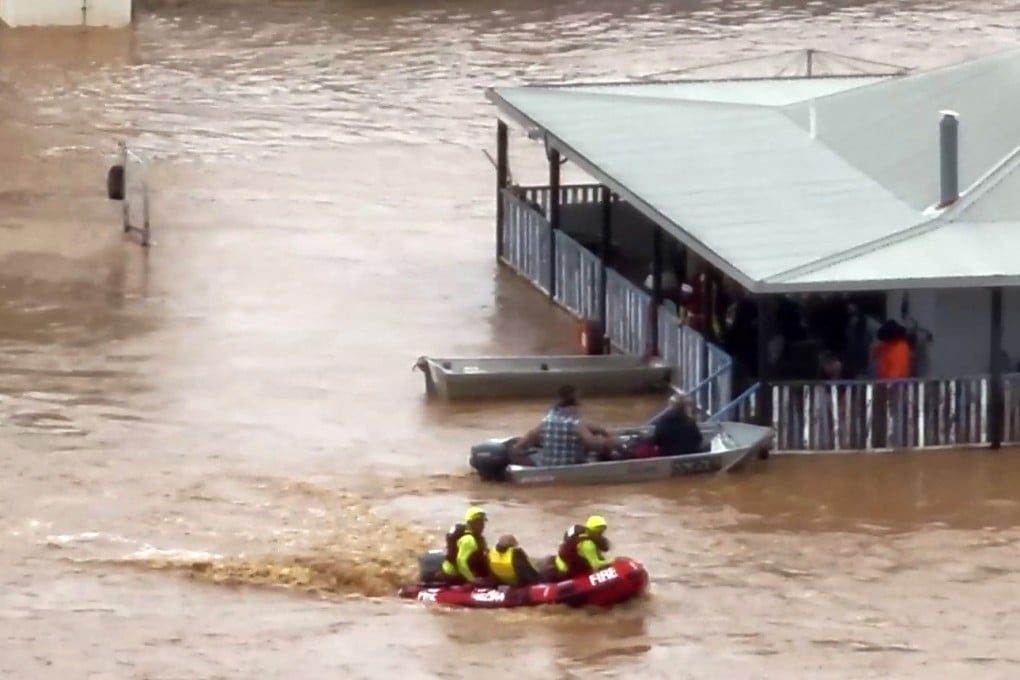Australian outback swamped by year’s rain in a week, devastates livestock, infrastructure
Around 100,000 cattle and sheep are dead or missing due to flooding from 500 millimetres of rain in an area the size of Texas

Australia’s remote outback in western Queensland has been swamped by flooding after being lashed with a year’s worth of rainfall in a week, sweeping away tens of thousands of livestock.
Up to 500 millimetres (19.7 inches) of rain has flooded an area about the size of Texas over the past week, exceeding the annual rainfall average and triggering the worst floods in half a century in some areas, according to the Bureau of Meteorology.
About 100,000 cattle and sheep are estimated to be dead or missing so far, the Queensland government said Tuesday. Total fencing damage is estimated at about 3,000 kilometres (1,864 miles), while more than 4,000 kilometres of private roads have been impacted.
The floods come as the country continues to grapple with the fallout from Cyclone Alfred, which hit Queensland’s southeast coast and northern New South Wales last month. The nation’s top scientific research body has flagged a higher risk for more intense bursts of heavy rain as global warming continues to increase the frequency of extreme weather events.

Showers and thunderstorms are expected across much of northern, central and parts of southern Queensland state on Tuesday, increasing throughout the day, bureau meteorologist Miriam Bradbury said in a video forecast.